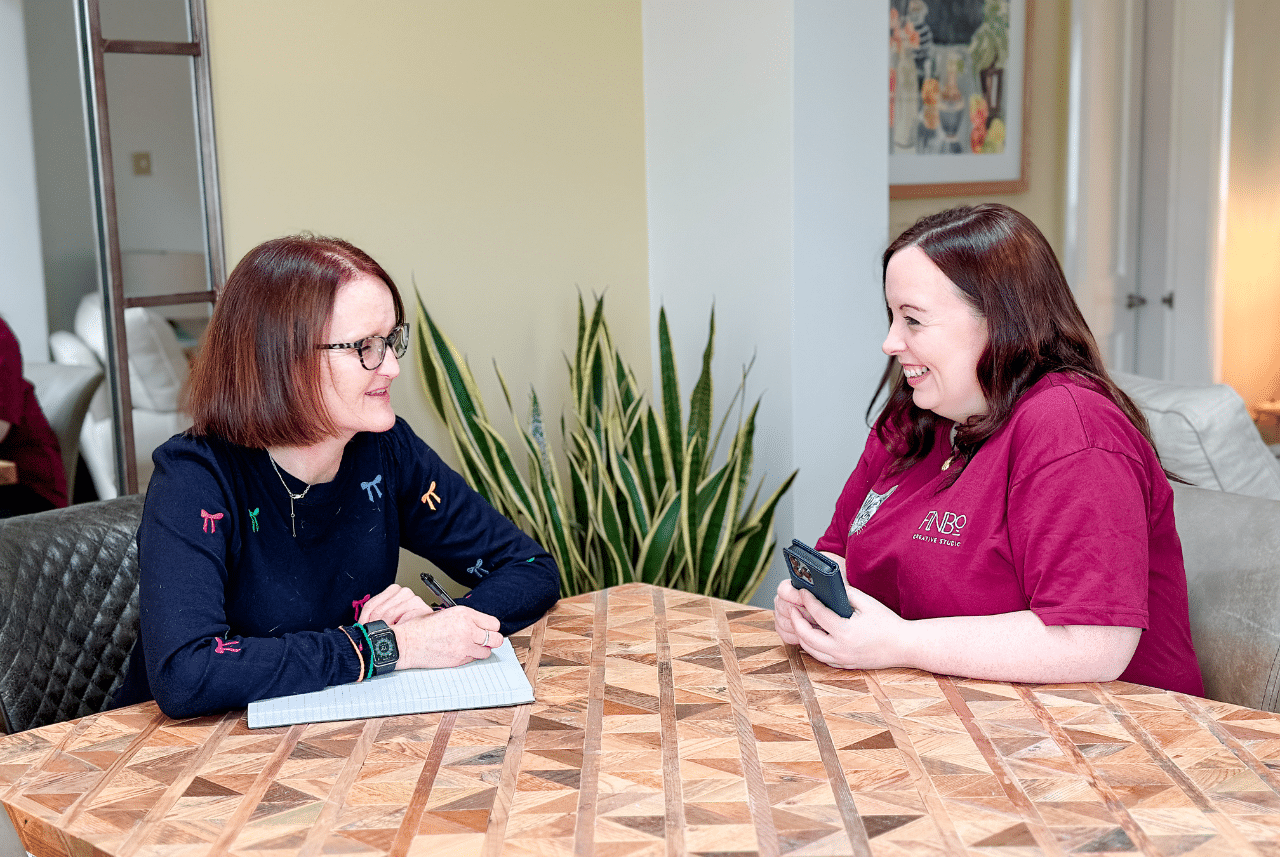If you’re looking to raise the profile of your pet business one really easy way is to put yourself forward as a case study.
Case studies share their real life experiences of all kinds of things, from setting up a business in lockdown to having a pet that weighs more than you!
My membership clients and people in my free Facebook group have had huge PR wins from being case studies in national newspapers and magazines and pet publications.
And you can use case studies in your own pet business marketing too.
In this episode I speak to Jenna Sloan, a freelance journalist and university lecturer who specialises in writing case studies.
You can listen in on the player link below or continue reading as a blog post.
Jenna Sloan’s background and how she became a case study expert
Jenna worked as a feature writer on the Daily Mirror and the Sun before going freelance when she had her children.
She retrained as a lecturer and works at Manchester Metropolitan University, and fell into her niche as a case study expert by accident.
Jenna was working in a project for a not-for-profit where she was tasked with finding 30 people to share their stories.
Soon, she realised there was a need for social enterprises, charities and other organisations to find case studies and tell their stories in a compelling way.
“I would go through company reports and they would have great stories in them, buried away where no-one could see them,” she explained.
“It made me see there was a real need for these organisations to learn what a case study was, how they could use them and how helpful they could be.”
So what is a case study?
You may have seen the term ‘case study’ a lot online if you’re looking for PR opportunities, but what does it actually mean?
It has two meanings. You as an individual or business owner can be a case study, and you can also use them for your business.
When it comes to case studies for your own marketing, Jenna explains: “A case study is basically a story about a person who has been helped by your organisation.”
When journalists are looking for case studies, it’s slightly different. Jenna says: “The journalist is looking for a human element or a personal story which illustrates a wider issue.
“That could be a problem, it could be something on the news agenda, it could be a trend, but ultimately they are looking for an individual who can share their experience.”
How pet businesses can become case studies
Recently I’ve written about Lifesaving Labradors and this featured Kim O’Donnell from Leo, Charley and Me talking about her dog Leo.
Other features include a line up of people who have lots of items with their pet’s face on and people who changed career because of their pets.
Jenna says: “A recent Good Housekeeping feature talked about how pets have helped us cope with the pandemic and there was a lady with a horse, one with a parrot and another with a dog.
“They were sharing how their animal had helped, so there is a huge demand for animal led line up and case study led features.”
Jenna shares how she did a feature on Guide Dog owners whose dogs had been attacked which was very emotional.
You can read the story here: An attack on any dog is frightening but on a Guide Dog it’s far worse
How pet business owners can use case studies in their own marketing
Jenna says it’s key when you have a fantastic case study to maximise it and use it as much as possible.
She said: “There’s no point in it being buried on your website where no-one can see it. Use it on social media posts, in your e mails, newsletters, blogs.
“If you have a great success story it can be really powerful. From one case study you can extract ideas for three or four blogs.
“Pick out themes. You can have a stories section on your website where you content can be a bit longer, so people can really get a feel of how you work.
“They also work really well in Thank You letters for charities and are a really lovely way to show people who donate and what their kindness helps you to achieve.”
Case studies can help with pitches too
Jenna says that case studies can really enhance your pitch if you’re hoping to appear on podcasts or in the media.
She said: “If you’re putting yourself forward as an expert and can say, ‘I have this person who can talk about working with me,’ it makes your pitch more compelling.
“Always make sure they are happy to be featured in all the places you would hope them to appear. There’s nothing stopping you from getting 10 pieces of content from one case study.”
Essentials for a successful case study
Jenna says business owners should try to talk to the person rather than send questions via e mail.
She explains: “I know it can be daunting when you haven’t been trained to do this, but it’s really important to talk as you will get so much more.
“Have a conversation and have some structure of how you would like it to flow when you come to write it.
“I coach clients to think of a start, a middle and an end and the start is the problem, the middle is how you solved it, and the end is the impact.
“What positive, transformation has it had on their life, wellbeing and relationships? Ask them to take you through that story.”
Also use their name, surname, where they live, their age, occupation and a photo or photos to tell the story.
Putting emotion into your case studies
Jenna says with such an emotive topic as the relationships we have with our pets, it’s really important to talk about feelings too.
She said: “If you can talk to someone about their emotions and create that empathy where we put ourselves in the place of the person, that’s when as humans our brains start to light up and connect.”
Want to learn more about writing case studies?
If you’re a charity or not-for-profit you can hire Jenna to write for you.
And if you’re a pet business owner and want to perfect your case study technique, she has a self paced course available too.
If you enjoyed this blog post, you might like to read How to write a press release for your business or What’s the difference between a pitch and a press release.





